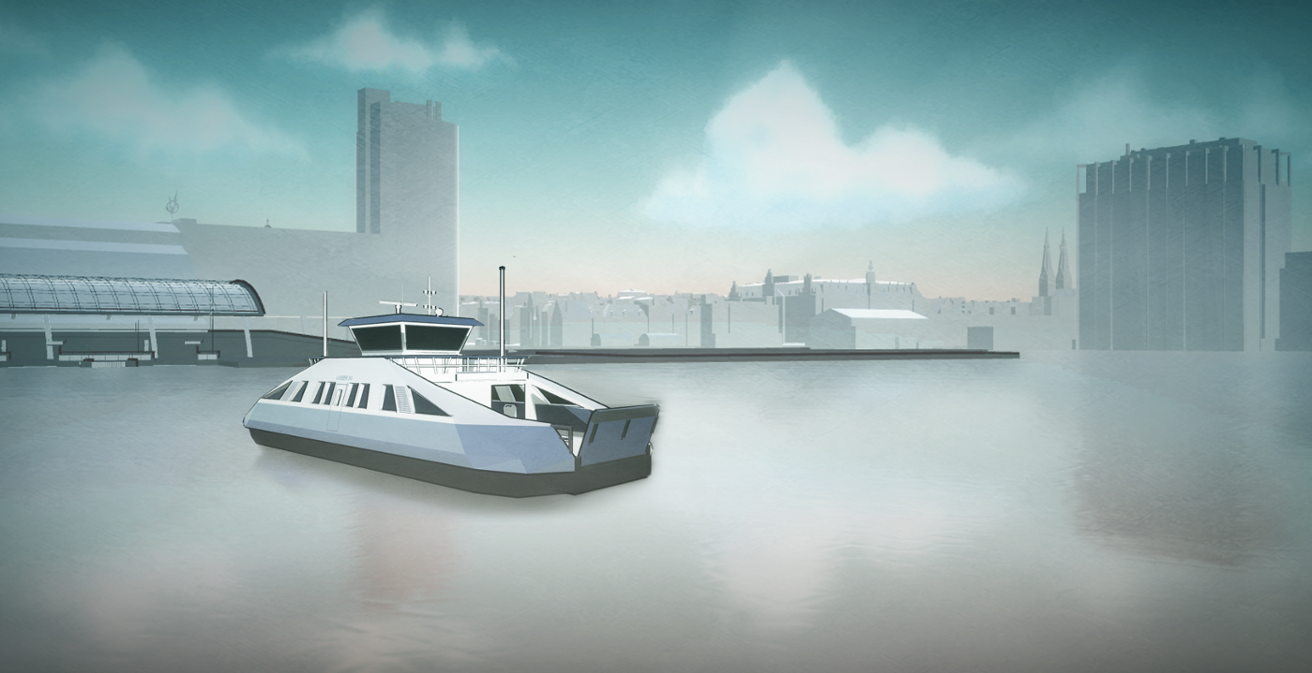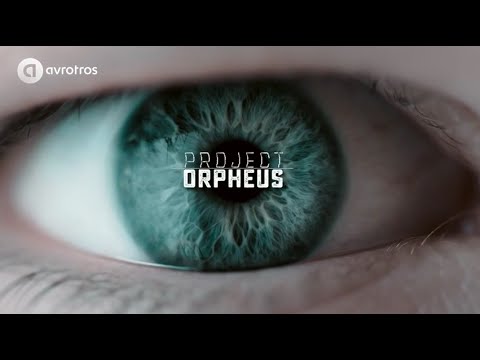Project orpheus: a VR production for television drama
How do you direct the viewer’s attention in a 360° production? For this research project, the Amsterdam University of Applied Sciences worked on the creation of a professional 360° VR production.
In a 360° video, the user has the option to look in all directions. But how do you, as a maker, ensure that he or she looks in the right direction at the right time? That is the research question that has been central to this project in consultation with industry partner WeMakeVR. 3D sound design, made by industry partner Amp.Studio, appears to be an important factor.
The substantive input came from AVRO/TROS: Can you make a VR production to supplement an existing television series? The new drama series Project Orpheus turned out to lend itself perfectly to such a transmedia experiment. From September 2015 to January 2016, a group of students from the MediaLAB worked hard to create this production.
De Pont: Experiments in interactive cinema
We are working on De Pont in collaboration with Submarine Channel. For this project, a virtual world is being built in the Unity games engine: the IJ behind Amsterdam Central, containing the ferry that sails to Amsterdam Noord. This world is then offered to both professional makers and game and film students.
What different interpretations would developers from different disciplines give, when using the same basic theme and the same engine? How are the products influenced by the way of looking and thinking of makers from different disciplines? The final results of this project will be presented in July 2016 in Filmmuseum EYE.
A perfect party: An interactive video for Oculus Rift
How do you tell an interactive story for a 360° production? In a series of experiments, Medialab students looked for ways to tell a story for Oculus Rift. This led to a short film that was shown in VondelCS (the former building of the Film Museum in the Vondelpark). The research focused, among other things, on the narrative perspective of the voice-over, and the way in which the audience’s engagement and immersion were influenced when they were aware of the interactive moments in the film.


